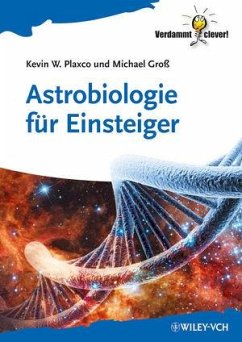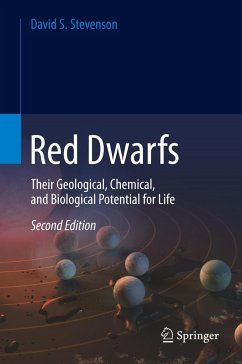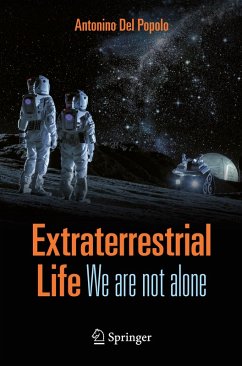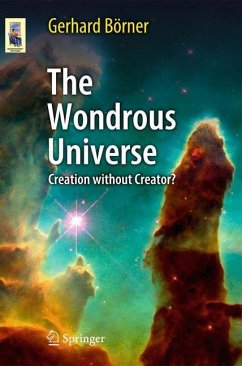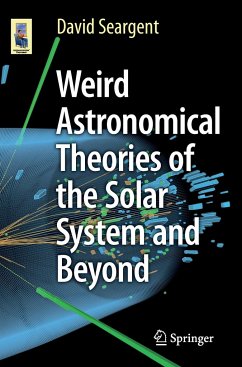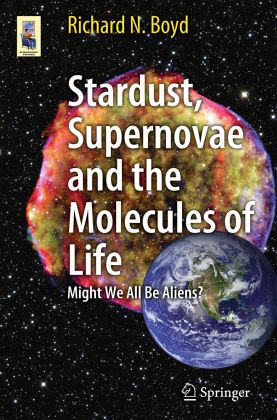
Stardust, Supernovae and the Molecules of Life
Might We All Be Aliens?

PAYBACK Punkte
13 °P sammeln!
This volume posits that not all amino acids originated on Earth, giving a detailed assessment of their 'handedness', a critical element in understanding their origin. Written in an accessible style, it discusses a number of models explaining handedness.
Where were the amino acids, the molecules of life, created: perhaps in a lightning storm in the early Earth, or perhaps elsewhere in the cosmos? This book argues that at least some of them must have been produced in the cosmos, and that the fact that the Earthly amino acids have a specific handedness provides an important clue for that explanation. The book discusses several models that purport to explain the handedness, ultimately proposing a new explanation that involves cosmic processing of the amino acids produced in space. The book provides a tour for laypersons that includes a definition of life, the Big Bang, stellar nucleosynthesis, the electromagnetic spectrum, molecules, and supernovae and the particles they produce.





